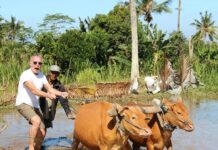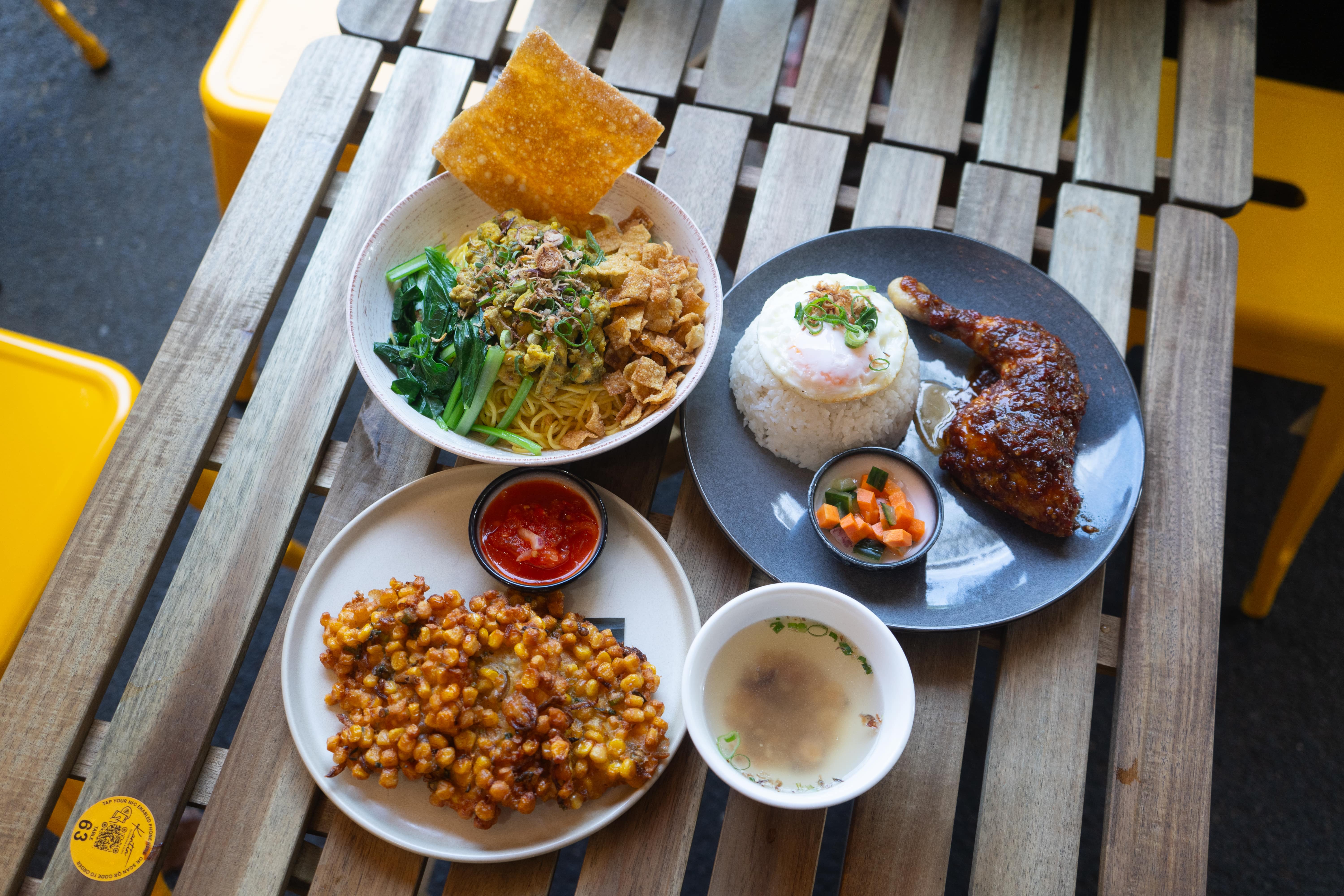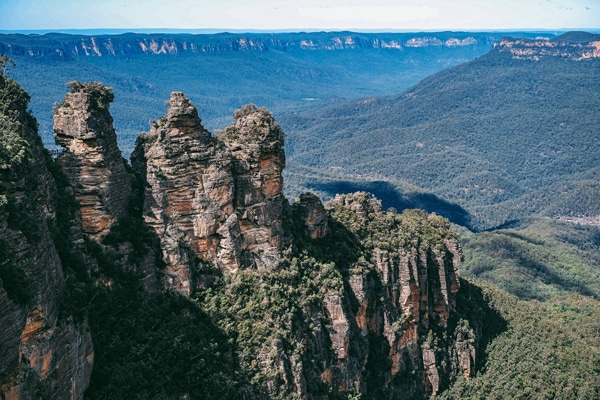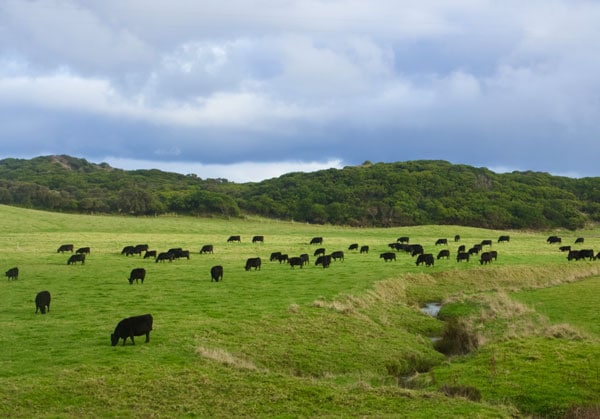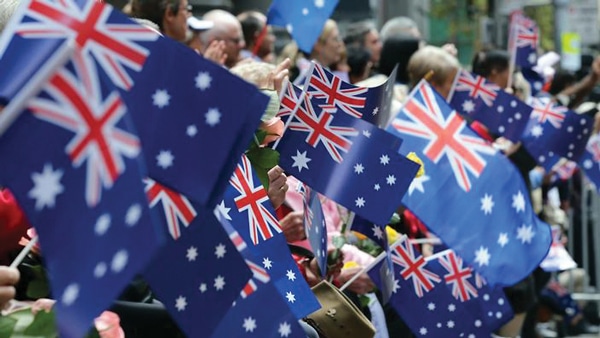Every year, I wonder how I’m going to refer to Australia Day. It’s true that as a newcomer, the burden of the conscience feels slightly alleviated, as I’ve only learned of this when I arrived four years ago. But the fact of the matter remains – Australia Day is a lot of things to different people. It is a celebration of national pride, bringing families together through a day at the beach and a barbecue after, but also the start of decades of suffering and discrimination for the indigenous communities in Australia, with its effects still evident in today’s Australian society and strata.
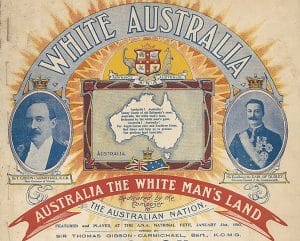
White Australia has a black history
To celebrate where one is at right now, it is important to be aware of one’s history. To the outside world, Australia is the epitome of chill, with its facade imagery of surfer dudes on the beach saying, “aye mate”, cafe lifestyles offering luscious breakfasts, and hot days accompanied with a snag and some beer. Looking in, however, the country is brimming hot with an honest and sad truth that needs to be expressed.
While many Aussies are grateful for the day off on the 26th of January, the date is a sad one for indigenous Australians. Many coins it “Invasion Day” or “Day of Mourning”, in which during this day in 1788, the first British fleets arrived in Port Jackson, New South Wales. This marked the start of a shocking and appalling era of colonisation that becomes the foundation of the country today.
Before European contact, the Aboriginal people lived as hunter-gatherers, living semi-nomadically across the country depending on the season and food supplies. They lived in-tune with the land, with a connection that goes beyond the physical and into the spiritual, social and cultural realm. Us today won’t be able to comprehend.
The arrival of the Europeans in 1788 were marred with a certain level arrogance. As colonisations go, many rural lands with its flora and fauna were desiccated and converted into cattle grounds. A number of European diseases caused breaks of epidemics and many Indigenous women were raped and forced into prostitution.
By the early 1900s, the population of Aboriginal people in Australia have shrunk to 93,000 from a previously estimated number of between 300,000 – 1,000,000. This was largely due to a White Australia Policy installed to exclude and discredit non-white Australians. A big part of it included kidnapping mixed-race children from their indigenous mothers with the aim of eradicating Aboriginal culture, beliefs and descendants completely from their own land. This went on for more or less a hundred years.
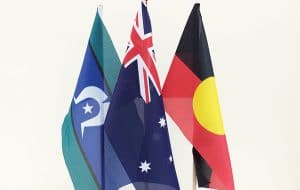
Less words, more action
Various efforts have been made by the Australian government today to acknowledge past sins and aim for reconciliation. But wouldn’t changing the date of Australia Day be the first step? Using this day for anything other than remembering the bloodbath endured and commemorating the lives of bygone indigenous peoples just leaves you in bad taste.
Indeed, the White Nation agenda still exist in today’s Australia. For a country that claims to be progressive, this is the most backwards thing that they could do, or rather NOT do. The fact that the symbolic celebration of your country’s pride lies on the start of the annihilation of its First People is just pure, plain ignorance.
In a recent interview, PM Scott Morrison says, “We don’t have to pull Australia Day down to actually recognise the achievements of indigenous Australians. The oldest living culture in the world. The two can coexist. Australia Day was the fulcrum point. That was the day that Australia changed forever. We can’t pretend it wasn’t that day.”
Yes, Australia indeed changed that day. For better or for worse?
Ponder your own background and upbringing before you decide.
Text : Rachel Melisa




